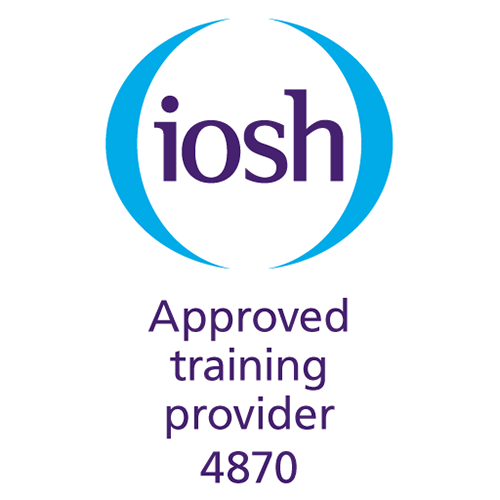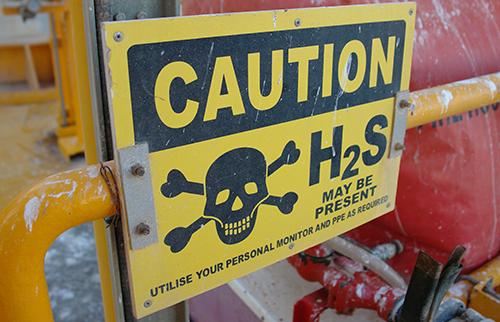

CPD and IOSH accredited
Buy and assign to
multiple learners
Instant access
via email link
Instant certificate
via email
Further Information - Hydrogen Sulfide (H2S) Awareness Training
Description
Who is the course for?
This Hydrogen Sulfide (H2S) Awareness Certificate Training course is aimed at individuals required to carry out a work task or visit an asset where the release of hydrogen sulfide (H2S) is possible.
Is previous experience required?
You do not need prior knowledge or experience to complete this course and it is assumed that you are competent in your designated role.
How will the course benefit me?
This course aims to give personnel the knowledge required to understand the hazards and controls associated with working in an environment where they could potentially be exposed to H2S.
How will the course benefit my company?
By ensuring you are aware of the hazards and controls associated with H2S exposure, which will in turn reduce incidents and accidents offshore.
What standards are referenced in the course?
Occupational Safety and Health Administration (OSHA)
US National Institute for Occupational Safety (NIOSH)
American Conference of Government Industrial Hygienists (ACGIH)
Is there an assessment?
Once you have completed the course, you will be asked a series of questions to check your knowledge and understanding. These are based on the learning objectives for the course and have a pass mark of 80%.
Learning Objectives
• Give an overview of the physical properties and sources of H2S
• Identify the areas on an offshore installation or onshore facility where you would expect to encounter H2S
• Explain the physiological effects of exposure to varying toxicity levels of H2S
• Explain the responsibilities and duties of all personnel under current regulatory guidance (incident reporting and record keeping)
• Explain the occupational exposure limits for H2S (OSHA PEL, ACGIH TLV-TWA, mentioned applicable State PEL)
• Describe the different methods used for detecting H2S
• Describe the various personal and respiratory protection equipment required for undertaking work in areas where H2S may be present (use, care, inspection)
• Give an overview of typical control measures which may be required
• Explain the requirement for H2S contingency plans and emergency response
Assessment
Once you have completed the course, you will be asked a series of questions to check your knowledge and understanding. These are based on the learning objectives for the course and have a pass mark of 80%.
System Requirements
• Internet access - users will need a device with a web browser and internet connection
• System - runs on computers, tablets and mobile devices using Windows 7 and above and MAC OS devices running IOS 11 and above
• Browsers - Edge, Chrome, Firefox and Safari</p>\n<p>• Minimum browser size - none
• Audio - requires device speaker or headphones
Accreditation

This course is CPD accredited. Established in 1996, The CPD Certification Service is the largest and leading independent CPD accreditation organisation working across all industry sectors. www.cpuk.co.uk

The Institution of Occupational Safety and Health (IOSH) is the world’s Chartered body for safety and health professionals. The IOSH brand stands for excellent products, high-quality standards and thought leadership in safety and health. IOSH approval means that the course content contains relevant health and safety information, courses are pitched at the appropriate level and meet the highest standards for trainer competence and course quality.
Recommended Courses
Reviews
Insights & News
H2S can pose significant health and safety hazards to workers and the general public.
Hydrogen sulphide (H2S) is a colourless, flammable gas with a characteristic odour of rotten eggs. It can be smelled in the air at low concentrations.
At Mintra, we're so much more than just a team—we're a force driving innovation and excellence in maritime training across Europe.
We’re excited to be taking the stage at one of Europe’s leading showcases of organisational learning.
We are delighted to share the exciting news that our People and Culture team has been shortlisted for the prestigious cHeRries Awards!
